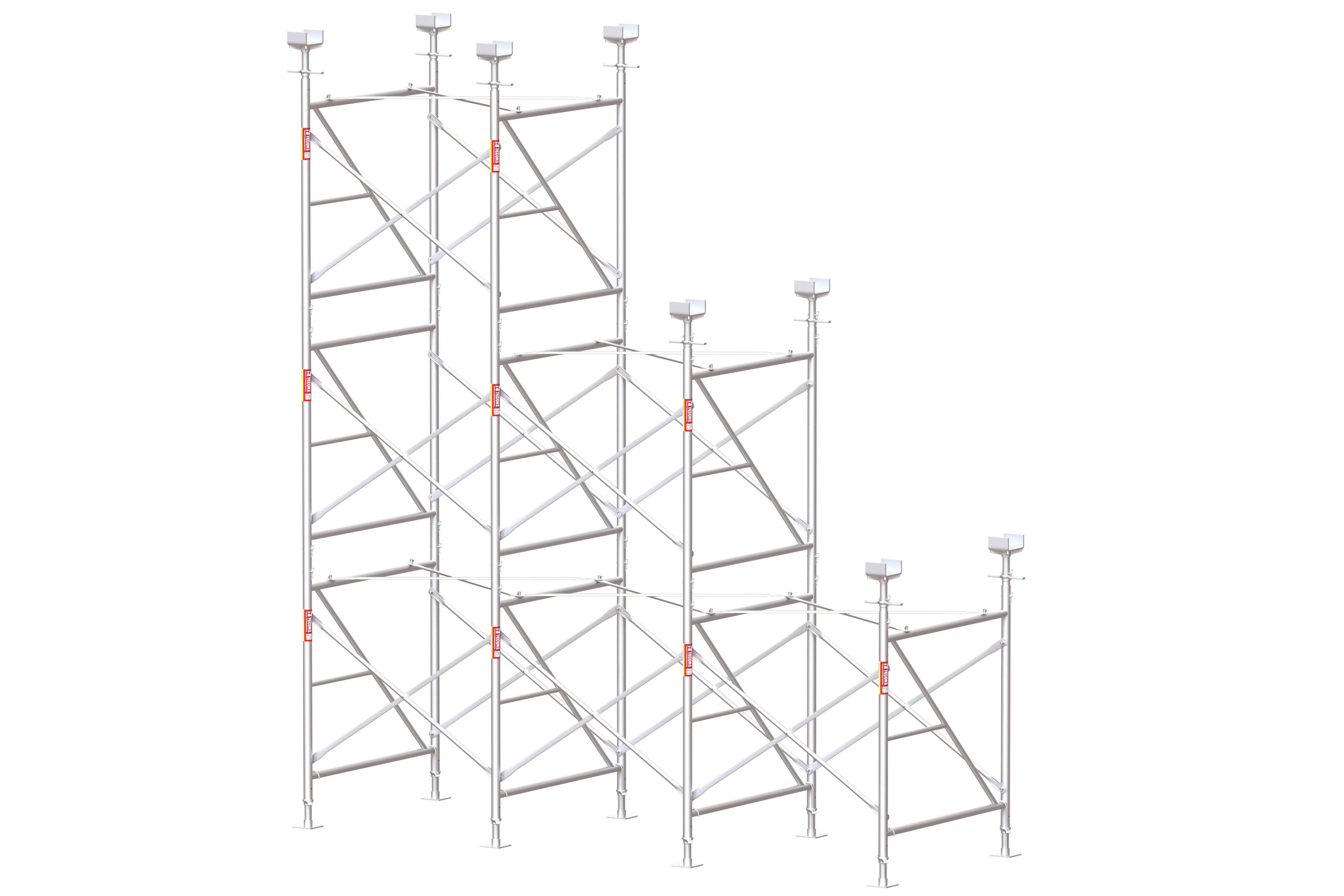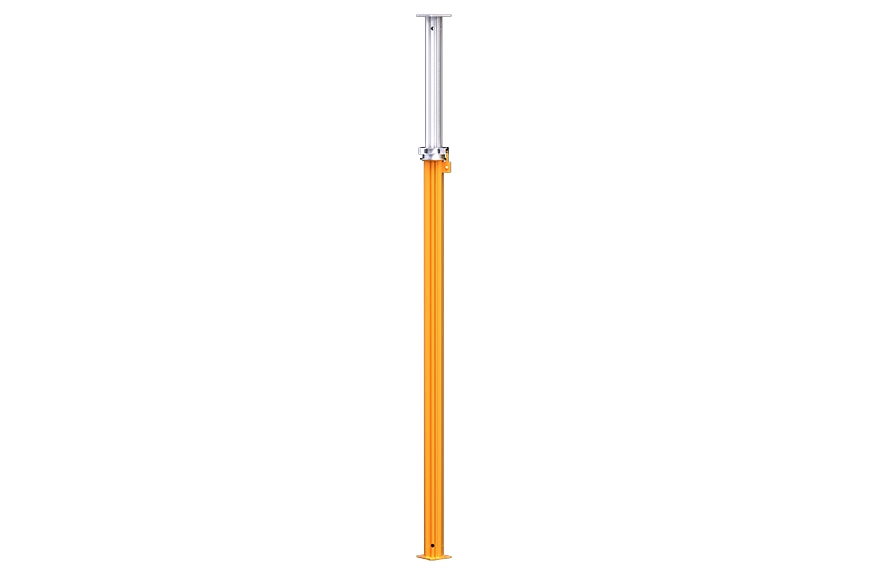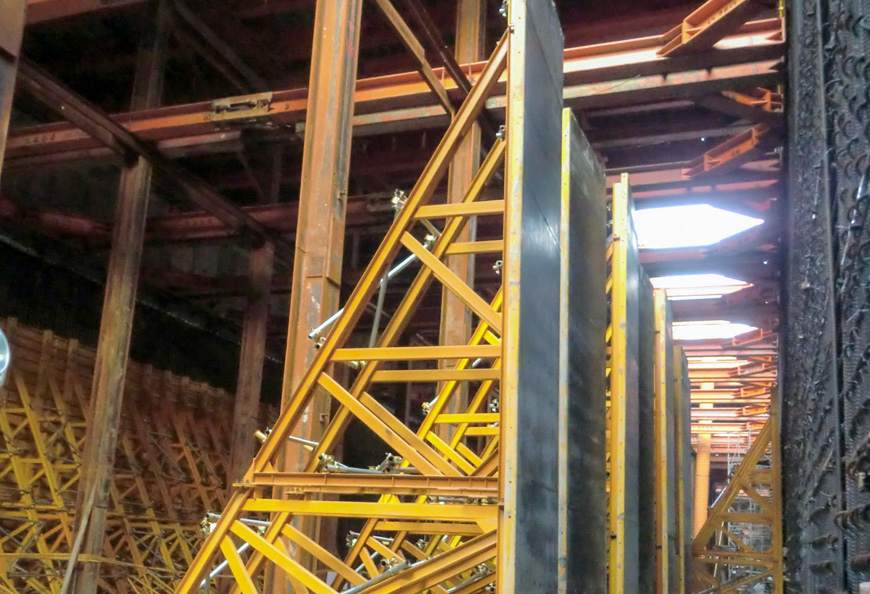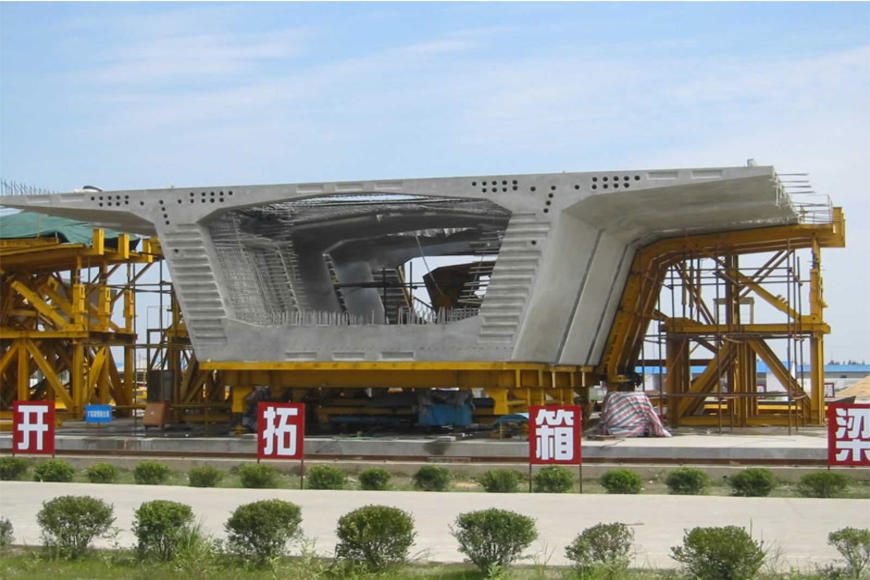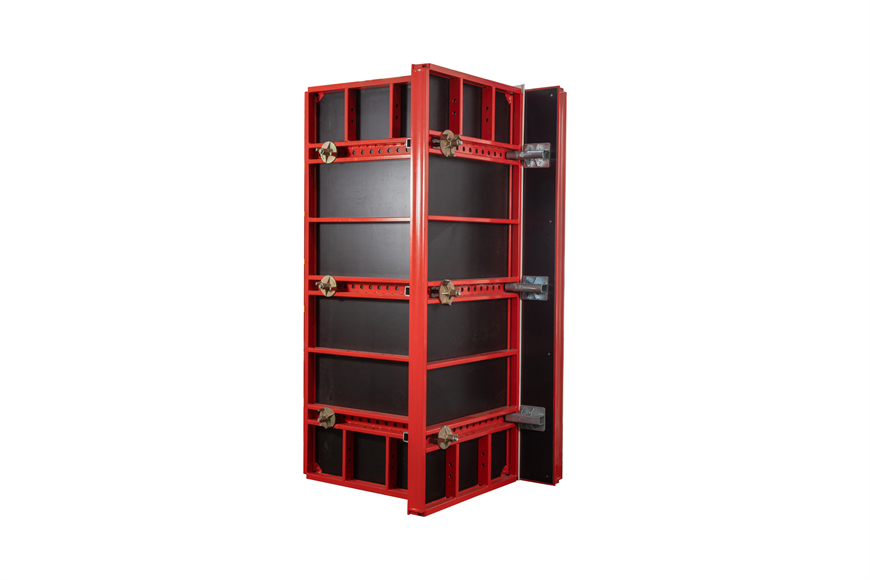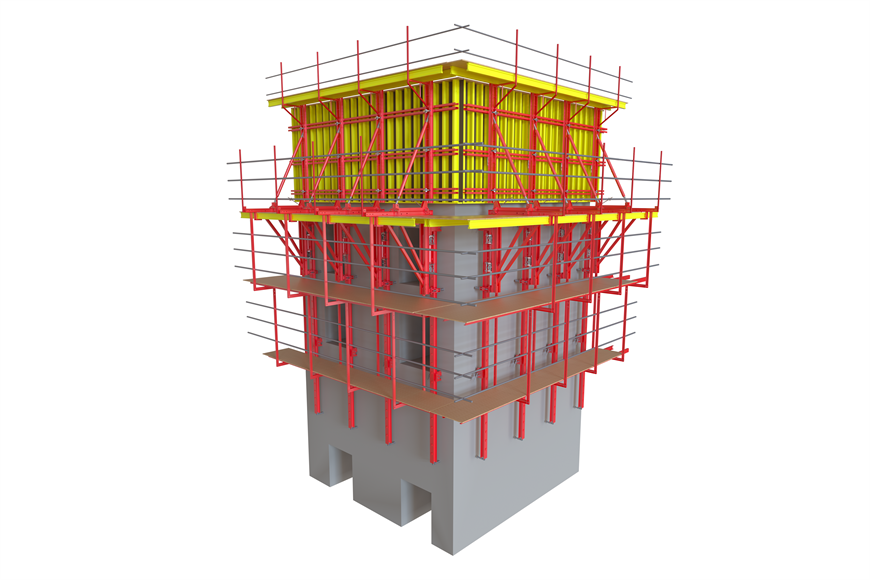Film faced plywood is a type of plywood with a special film (usually phenolic or other waterproofing film) on its surface. It is created by gluing multiple layers of wood together and covering the surface with a water-resistant and moisture-resistant film to enhance its strength, durability, and corrosion resistance. Film faced plywood is mainly used in the construction industry, particularly as a formwork material, widely applied in concrete casting, wall structures, flooring, and other construction projects.
Lightweight: Film faced plywood is more suitable for high-rise buildings and bridge construction.
Large panel size: The maximum size is 2440×1220mm, which reduces the number of seams and improves the efficiency of formwork.
Film faced plywood does not warp, deform, or crack, has good water resistance, high turnover rate, and long service life.
Easy to demold, only 1/7 of the steel formwork.
Used for fair-faced concrete: The cast object has a smooth and beautiful surface, eliminating the need for secondary plastering of walls and allowing direct surface decoration, reducing the construction period by 30%.
Corrosion resistance: Does not pollute the concrete surface.
Film faced plywood has good thermal insulation properties, beneficial for winter construction.
Can be used as a template for curved or flat surfaces.
Film faced plywood has good construction performance. Nailing, sawing, and drilling performance are better than bamboo plywood and small steel panels. It can be processed into various shapes of templates as needed for construction.
Construction formwork: Widely used in concrete formwork construction for high-rise buildings, bridges, tunnels, and other projects.
Other building components: Such as formwork for floors, walls, roofs, and other structures.
